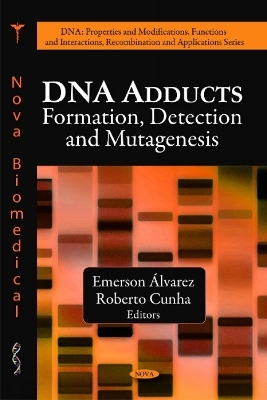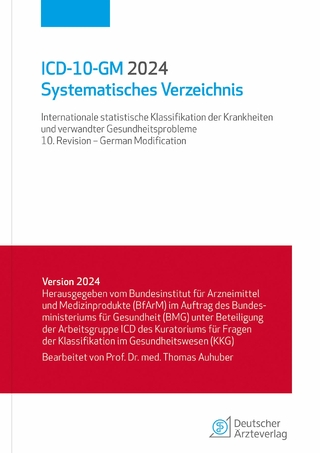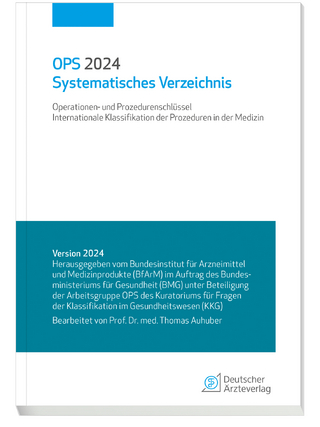
DNA Adducts
Formation, Detection & Mutagenesis
Seiten
2010
Nova Science Publishers Inc (Verlag)
978-1-60741-433-9 (ISBN)
Nova Science Publishers Inc (Verlag)
978-1-60741-433-9 (ISBN)
Numerous physical and chemical stress factors, endogenous or exogenous, challenge living organisms. This book examines the development of DNA adducts, as well as the ways in which they can be eliminated due to DNA repair pathways.
Numerous physical and chemical stress factors, endogenous or exogenous, challenge living organisms. Metabolisation processes generate highly reactive intermediates which can covalently bind to DNA, resulting in bulky addition products called "adducts." DNA adduct formation appears to be a general response of plants to organic chemical exposure, whether in controlled conditions or in the field. In particular, common carcinogenic pollutants and pesticides promote the formation of DNA adducts in plants. The authors of this book examine the development of DNA adducts, as well as the ways in which they can be eliminated due to DNA repair pathways. In this book, the data from in vivo transgenic assays is also examined, which can help to clarify specific pre-mutagenic adducts, DNA repair functions and mutational events that may be involved in the mutagenicity of human carcinogens. Other chapters in this book identify and discuss novel anthracyclines capable of forming DNA adducts, the role of DNA adducts as early biomarkers in the screening and development of marine anticancer drugs, the genotoxicity, such as DNA adduct formation, of air pollutants and its assessment by in vivo mutagenesis and a discussion of oxidative DNA damage, which can play an important role in the carcinogenic processes of PAHs and aromatic amines, in addition to bulky-DNA adducts formation.
Numerous physical and chemical stress factors, endogenous or exogenous, challenge living organisms. Metabolisation processes generate highly reactive intermediates which can covalently bind to DNA, resulting in bulky addition products called "adducts." DNA adduct formation appears to be a general response of plants to organic chemical exposure, whether in controlled conditions or in the field. In particular, common carcinogenic pollutants and pesticides promote the formation of DNA adducts in plants. The authors of this book examine the development of DNA adducts, as well as the ways in which they can be eliminated due to DNA repair pathways. In this book, the data from in vivo transgenic assays is also examined, which can help to clarify specific pre-mutagenic adducts, DNA repair functions and mutational events that may be involved in the mutagenicity of human carcinogens. Other chapters in this book identify and discuss novel anthracyclines capable of forming DNA adducts, the role of DNA adducts as early biomarkers in the screening and development of marine anticancer drugs, the genotoxicity, such as DNA adduct formation, of air pollutants and its assessment by in vivo mutagenesis and a discussion of oxidative DNA damage, which can play an important role in the carcinogenic processes of PAHs and aromatic amines, in addition to bulky-DNA adducts formation.
| Erscheint lt. Verlag | 20.5.2010 |
|---|---|
| Zusatzinfo | Illustrations |
| Verlagsort | New York |
| Sprache | englisch |
| Maße | 260 x 180 mm |
| Gewicht | 464 g |
| Themenwelt | Informatik ► Weitere Themen ► Bioinformatik |
| Naturwissenschaften ► Biologie ► Genetik / Molekularbiologie | |
| ISBN-10 | 1-60741-433-3 / 1607414333 |
| ISBN-13 | 978-1-60741-433-9 / 9781607414339 |
| Zustand | Neuware |
| Haben Sie eine Frage zum Produkt? |
Mehr entdecken
aus dem Bereich
aus dem Bereich
Internationale statistische Klassifikation der Krankheiten und …
Buch | Softcover (2023)
Deutscher Ärzteverlag
24,98 €
Operationen- und Prozedurenschlüssel; Internationale Klassifikation …
Buch | Softcover (2023)
Deutscher Ärzteverlag
24,98 €


